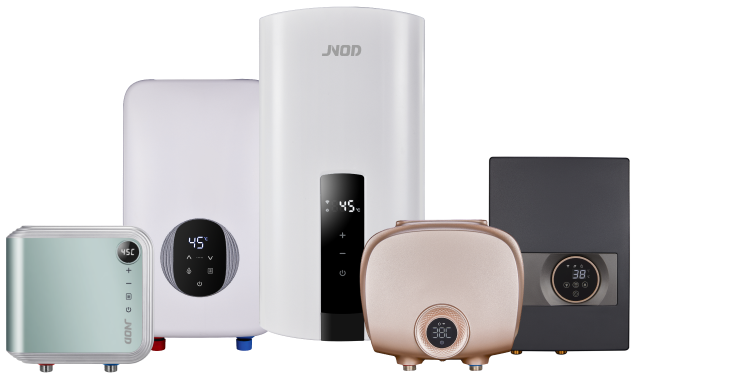Tankless water heaters, often referred to as on-demand water heaters, are gaining popularity for their energy efficiency and ability to provide a continuous supply of hot water. Unlike traditional water heaters that store and heat a large tank of water, tankless models heat water directly as it flows through the unit. If you are considering installing a tankless water heater, here’s what you need to know.

Benefits of Tankless Water Heaters
Energy Efficiency: Tankless water heaters are more energy-efficient than traditional tank models. Since they heat water only when needed, they can reduce energy consumption by up to 30%.
Endless Hot Water: With a tankless system, you will never run out of hot water. This is ideal for larger families or households with high hot water demands.
Space Saving: These units are compact and can be installed in smaller spaces, unlike bulky traditional water heaters.
Longer Lifespan: Tankless water heaters generally last longer, often up to 20 years, compared to 10-15 years for tank heaters.
Considerations Before Installation
Initial Cost: Tankless water heaters typically have a higher upfront cost compared to traditional units. However, the energy savings over time can offset this initial investment.
Sizing: Proper sizing is crucial. An undersized unit may not provide enough hot water, tankless water heater brands list while an oversized unit could be inefficient. Consider factors such as the number of fixtures and simultaneous usage.
Fuel Type: Tankless water heaters can be powered by electricity, natural gas, or propane. The choice of fuel type will impact installation requirements and operational costs.
Venting Requirements: Gas-powered units require proper venting to expel exhaust gases. This may involve additional installation steps and costs.
Installation Steps
Preparation: Turn off the main water supply and the power source to the existing water heater. Drain the old unit completely before removal.
Ensure it is level and securely fastened.
Water Connections: Connect the cold water inlet and hot water outlet pipes. Use the appropriate fittings and ensure all connections are tight to prevent leaks.
Gas Line Connection: For gas-powered units, connect the gas supply line. It is crucial to check for leaks using a gas leak detector.
Electrical Wiring: If the unit is electric, connect it to the electrical supply according to the manufacturer’s instructions. Ensure the power source is adequate for the unit is requirements.
Maintenance Tips
Regular maintenance is essential to keep your tankless water heater operating efficiently. Descale the unit periodically to prevent mineral buildup, especially in areas with hard water. Also, check and clean the air filter regularly and inspect the venting system for any obstructions.
Installing a tankless Jnod water heater can be a worthwhile investment, offering energy savings and a continuous supply of hot water. By understanding the installation process and key considerations, you can ensure a smooth and successful installation.